

June 13 – 19: “What are your favorite countries for settings?”
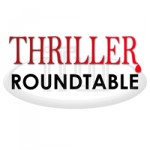 This week we’re joined by ITW Members Tim Baker, Sidney Williams, Karen Harper, Robert Walton, Tom Breen, Connie Di Marco, J. T. Ellison, A. J. Kerns and John Farrow, to answer the question: What are your favorite countries for settings and why?
This week we’re joined by ITW Members Tim Baker, Sidney Williams, Karen Harper, Robert Walton, Tom Breen, Connie Di Marco, J. T. Ellison, A. J. Kerns and John Farrow, to answer the question: What are your favorite countries for settings and why?
~~~~~
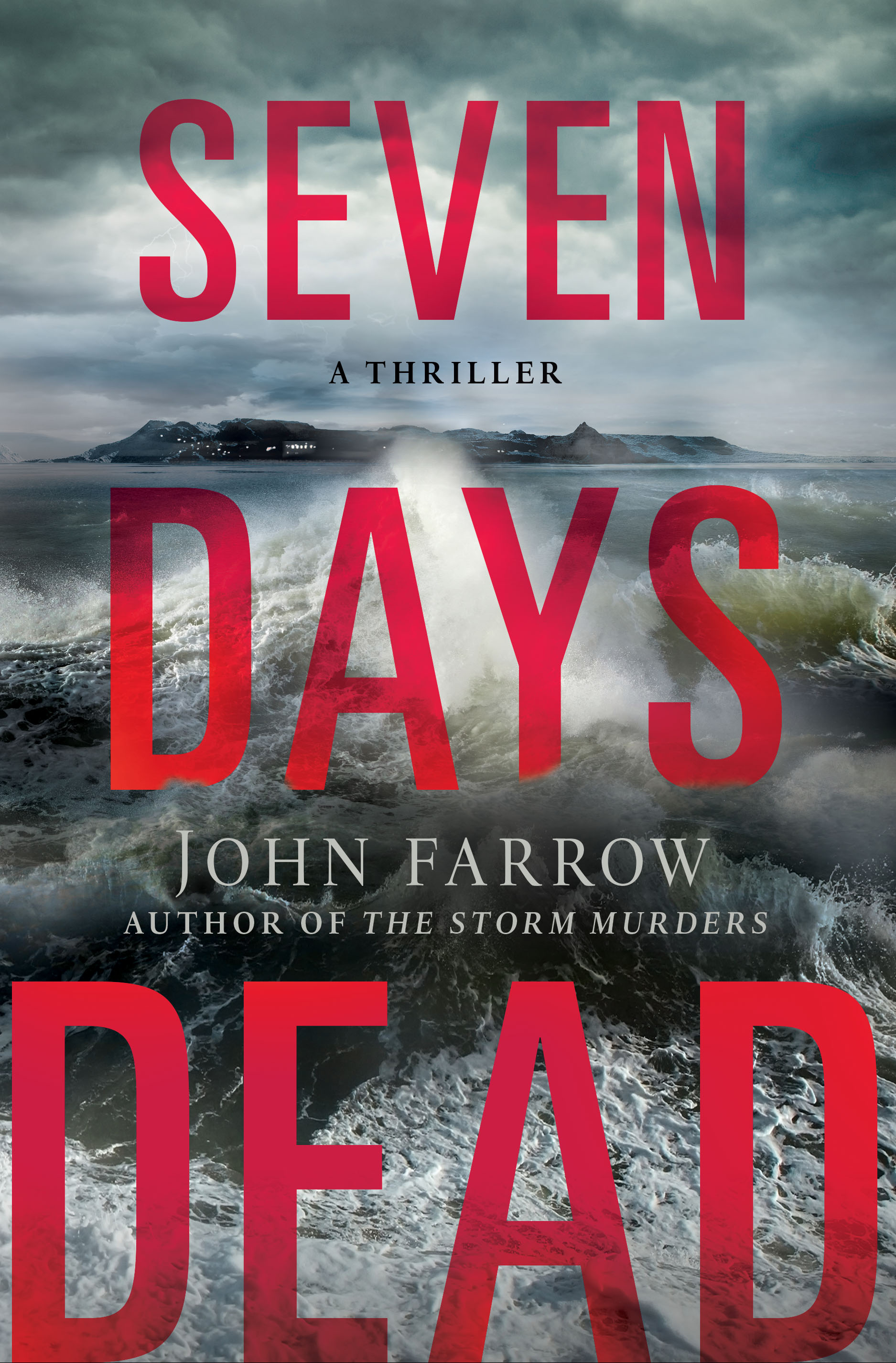 John Farrow is the Canadian author of five thrillers; and another seven novels and four plays under his real name, Trevor Ferguson. Seven Days Dead, the second in The Storm Murders Trilogy, has received a starred review in Booklist, while a great review in the New York Times (Marilyn Stasio) is forthcoming on June 12th. The Detective Émile Cinq-Mars series has been called the best of our time by Booklist, the best of all time by Die Zeit in Germany.
John Farrow is the Canadian author of five thrillers; and another seven novels and four plays under his real name, Trevor Ferguson. Seven Days Dead, the second in The Storm Murders Trilogy, has received a starred review in Booklist, while a great review in the New York Times (Marilyn Stasio) is forthcoming on June 12th. The Detective Émile Cinq-Mars series has been called the best of our time by Booklist, the best of all time by Die Zeit in Germany.
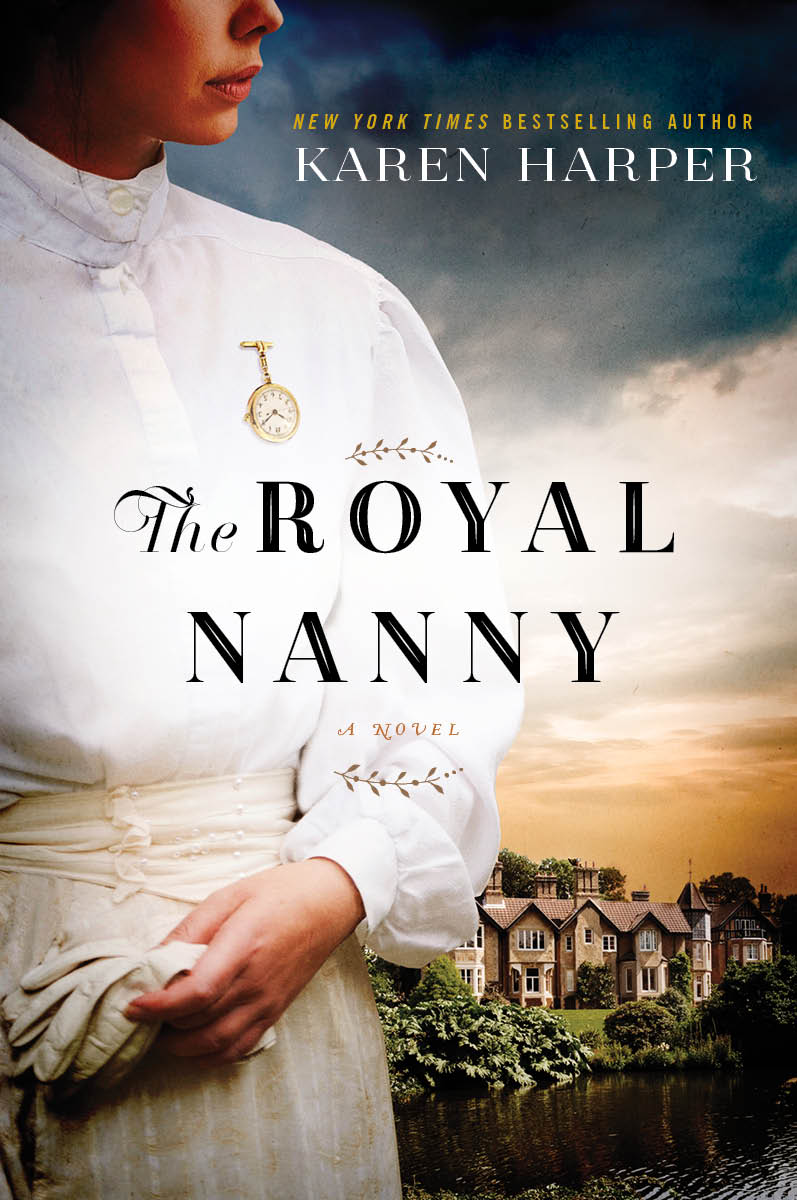 Karen Harper is the New York Times and USA TODAY bestselling author of contemporary suspense and historical novels. A former Ohio State University English instructor and high school English teacher, she has been published since 1982. Her latest books are THE COLD CREEK TRILOGY from Mira Books and THE ROYAL NANNY (Edwardian England intrigue) from HarperCollins out this June.
Karen Harper is the New York Times and USA TODAY bestselling author of contemporary suspense and historical novels. A former Ohio State University English instructor and high school English teacher, she has been published since 1982. Her latest books are THE COLD CREEK TRILOGY from Mira Books and THE ROYAL NANNY (Edwardian England intrigue) from HarperCollins out this June.
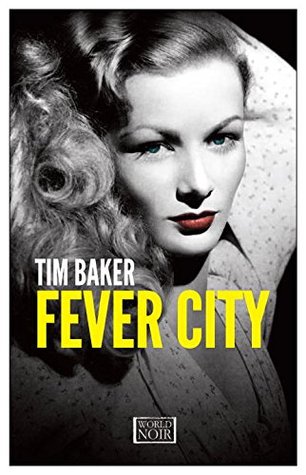 Tim Baker’s debut noir thriller, FEVER CITY (Europa Editions & Faber), has just been longlisted for a CWA Dagger award. Other longlisted writers this year include Stephen King, Don Winslow and Lee Child. Prior to publishing FEVER CITY, Tim liaised with international authorities on cases involving murder, kidnap, terrorism and disappearances in North Africa and Europe. He currently lives in the South of France with his wife and son. Twitter: @TimBakerWrites
Tim Baker’s debut noir thriller, FEVER CITY (Europa Editions & Faber), has just been longlisted for a CWA Dagger award. Other longlisted writers this year include Stephen King, Don Winslow and Lee Child. Prior to publishing FEVER CITY, Tim liaised with international authorities on cases involving murder, kidnap, terrorism and disappearances in North Africa and Europe. He currently lives in the South of France with his wife and son. Twitter: @TimBakerWrites
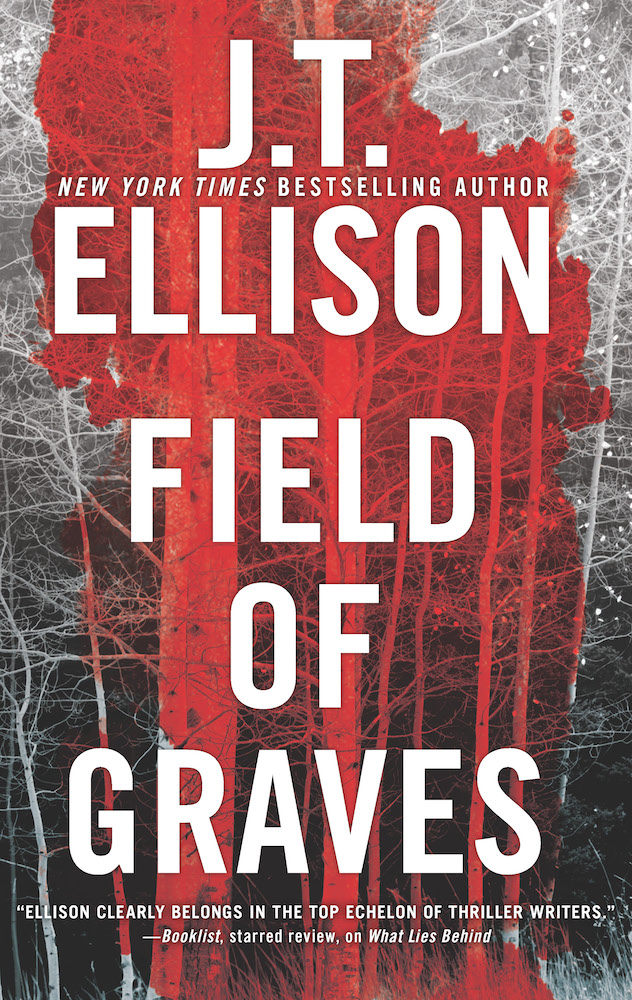 New York Times bestselling author J.T. Ellison writes dark psychological thrillers starring Nashville Homicide Lt. Taylor Jackson and medical examiner Dr. Samantha Owens, and pens the Nicholas Drummond series with #1 New York Times bestselling author Catherine Coulter. Cohost of the premier literary television show, A Word on Words, Ellison lives in Nashville with her husband and twin kittens. Follow J.T. on Facebook or Twitter @thrillerchick for more insight into her wicked imagination.
New York Times bestselling author J.T. Ellison writes dark psychological thrillers starring Nashville Homicide Lt. Taylor Jackson and medical examiner Dr. Samantha Owens, and pens the Nicholas Drummond series with #1 New York Times bestselling author Catherine Coulter. Cohost of the premier literary television show, A Word on Words, Ellison lives in Nashville with her husband and twin kittens. Follow J.T. on Facebook or Twitter @thrillerchick for more insight into her wicked imagination.
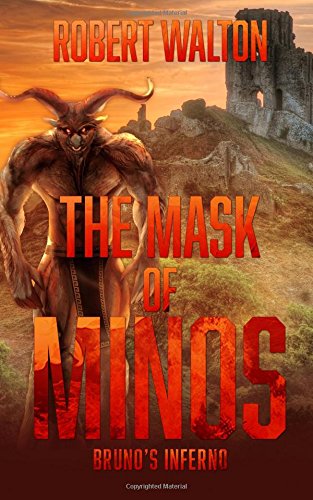 Robert Walton grew up in a multi-cultural village of Narberth in the main line of Philadelphia. Armed with a degree in Anthropology from Penn State, Bob has worked tirelessly over the years to live up to his father’s expectations. Having failed at that, he has traveled the world in search of the true meaning of life. Still, this has not stopped him from pursuing a career in writing that began over 35 years ago with unpublished poetry and short stories, and then in earnest when he began writing his first novel Fatal Snow. Since then he has joined Pennwriters and The International Thriller Writers and has published his second Harry Thursday thriller, The Mask of Minos: Bruno’s Inferno. There is more to come of Harry Thursday and more.
Robert Walton grew up in a multi-cultural village of Narberth in the main line of Philadelphia. Armed with a degree in Anthropology from Penn State, Bob has worked tirelessly over the years to live up to his father’s expectations. Having failed at that, he has traveled the world in search of the true meaning of life. Still, this has not stopped him from pursuing a career in writing that began over 35 years ago with unpublished poetry and short stories, and then in earnest when he began writing his first novel Fatal Snow. Since then he has joined Pennwriters and The International Thriller Writers and has published his second Harry Thursday thriller, The Mask of Minos: Bruno’s Inferno. There is more to come of Harry Thursday and more.
 Arthur Kerns is a retired FBI supervisory special agent and past president of the Arizona chapter of the Association of Former Intelligence Officers (AFIO). His award-winning short fiction has appeared in numerous anthologies. He is a book reviewer for the Washington Independent Review of Books. Diversion Books, Inc. NY, NY published his espionage thriller, The Riviera Contract, and the sequel, The African Contract. The third in the series, The Yemen Contract, is set for release in June 2016.
Arthur Kerns is a retired FBI supervisory special agent and past president of the Arizona chapter of the Association of Former Intelligence Officers (AFIO). His award-winning short fiction has appeared in numerous anthologies. He is a book reviewer for the Washington Independent Review of Books. Diversion Books, Inc. NY, NY published his espionage thriller, The Riviera Contract, and the sequel, The African Contract. The third in the series, The Yemen Contract, is set for release in June 2016.
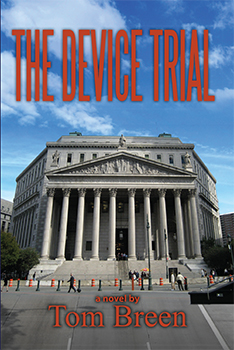 Tom Breen has practiced law over twenty five years and is currently a partner in a law firm in downtown New York. Tom’s litigation experience has enabled him to realistically create courtroom and deposition scenes with tense dialogue and interesting characters that simulates actual courtroom dynamics. He lives with his wife on Long Island and their two daughters are practicing attorneys living in New York City.
Tom Breen has practiced law over twenty five years and is currently a partner in a law firm in downtown New York. Tom’s litigation experience has enabled him to realistically create courtroom and deposition scenes with tense dialogue and interesting characters that simulates actual courtroom dynamics. He lives with his wife on Long Island and their two daughters are practicing attorneys living in New York City.
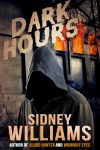 Sidney Williams is the author of numerous traditionally published books, and he is currently published by Crossroad Press, which has brought out many of his original novels, plus a couple of new books, in Kindle and other e-book editions. Sidney has worked as a newspaper reporter, marketing professional and more recently as a professor of creative writing. While working as a reporter, he covered the crime beat at night and also wrote feature articles, religion news and conducted hundreds of celebrity interviews. He’s interviewed television stars such as Matt Leblanc, Jennifer Anniston, Gates McFadden, Raven Symone, Alex Haley, Shirley Chisholm and many others. He also covered speakers as diverse as Mother Teresa, Alex Haley, Robert Ballard and Wendy Wasserstein.
Sidney Williams is the author of numerous traditionally published books, and he is currently published by Crossroad Press, which has brought out many of his original novels, plus a couple of new books, in Kindle and other e-book editions. Sidney has worked as a newspaper reporter, marketing professional and more recently as a professor of creative writing. While working as a reporter, he covered the crime beat at night and also wrote feature articles, religion news and conducted hundreds of celebrity interviews. He’s interviewed television stars such as Matt Leblanc, Jennifer Anniston, Gates McFadden, Raven Symone, Alex Haley, Shirley Chisholm and many others. He also covered speakers as diverse as Mother Teresa, Alex Haley, Robert Ballard and Wendy Wasserstein.
 Connie di Marco is the author of The Madness of Mercury, first in the Zodiac Mysteries from Midnight Ink. Writing as Connie Archer, she is also the national bestselling author of the Soup Lover’s Mystery series from Berkley Prime Crime. Some of her favorite recipes can be found in The Cozy Cookbook and The Mystery Writers of America Cookbook. Connie is a member of International Thriller Writers, Mystery Writers of America and Sisters in Crime.
Connie di Marco is the author of The Madness of Mercury, first in the Zodiac Mysteries from Midnight Ink. Writing as Connie Archer, she is also the national bestselling author of the Soup Lover’s Mystery series from Berkley Prime Crime. Some of her favorite recipes can be found in The Cozy Cookbook and The Mystery Writers of America Cookbook. Connie is a member of International Thriller Writers, Mystery Writers of America and Sisters in Crime.
- LAST GIRL MISSING with K.L. Murphy - July 25, 2024
- CHILD OF DUST with Yigal Zur - July 25, 2024
- THE RAVENWOOD CONSPIRACY with Michael Siverling - July 19, 2024
